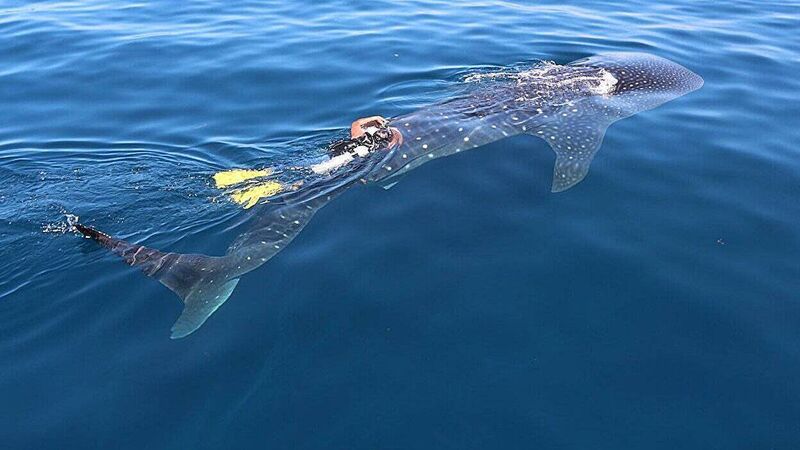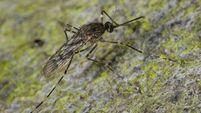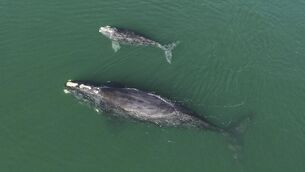Tracking a whale shark to learn from her itinerary

Rio Lady, a mature female whale shark, is tagged by Rafael de la Parra, executive director of Ch’ooj Ajauil AC and a collaborator on the study. Picture: University of Rhode Island
The basking shark, an annual visitor to our coasts, is a silver medal winner — it’s the second largest fish in the world and the biggest in the Atlantic. The gold award goes to the whale-shark of southern oceans. Whereas an adult basking shark may be 8 metres long, a whale-shark reaches 12 metres. In 1868, Edward Perceval Wright, Professor of Botany at Trinity College Dublin, saw a 15 metre-long specimen in the Seychelles.
The two giant shark species, although not closely related, have similar lifestyles. Giant 'vacuum cleaners', they swim near the surface with mouths wide open, drawing water through huge sieves to filter out small fish and plankton. ‘Keep moving’ is the motto of these lumbering juggernauts — they need a steady flow of water through their gill rakers to get enough to eat. But ocean temperatures are rising; keeping abreast of changes in plankton distribution is challenging. And there’s a new problem; poo samples, analysed three years ago, contained micro-plastics.










